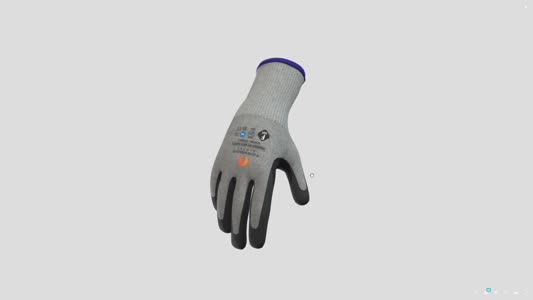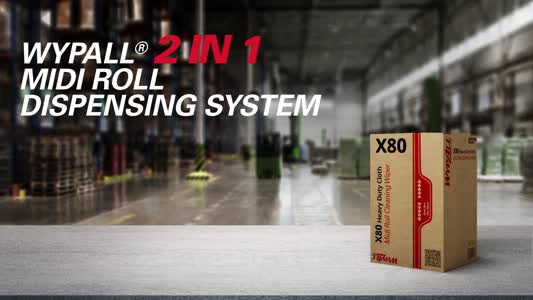
 |
Mark Sennett
Managing Editor |
 |
Kelly Rose
Editor |
| Home> | Health & Wellbeing | >General Health & Wellbeing | >A day in the life of Sean Mahar |
A day in the life of Sean Mahar
22 February 2016
Each issue HSM speaks to a member of the BOHS about the challenges and rewards of working as an occupational hygienist. This month we talk to consultant occupational hygienist, Sean Mahar,
How early do you rise?
As late as I can: unfortunately this can be before 5am if I’m doing a site visit.
What gets you out of bed in the morning?
Sheer determination and the realisation that I have commitments to meet!
What do you do?
A great variety of different tasks related to the anticipation, recognition, evaluation, prevention and control of workplace health hazards - so everything from learning about work processes to measuring levels of potentially harmful substances in the environment.
Where do you work?
It depends on where the client is: mostly the UK and Europe, but I’ve been as far afield as Vietnam and Japan on behalf of clients.
What does a typical day entail for you?
It depends how far along the process I am with the client, so it’s hard to say. But if it is the evaluation sphere, then this involves rising early, calibrating the equipment, deploying the sampling devices, observing the work, talking to the employees and then preparing the samples for shipment to the laboratory for analysis.
What is your favourite piece of work equipment?
My clipboard and notepad. I tease people as I take notes saying my mother told me to carry a clipboard and I’d never have to work a day in my life.
What would you be lost without in work?
That clipboard!
When did you last laugh in work? What made you laugh?
I can’t recall a specific chortle as it happens several times every day: I always enjoy pleasant banter with the various workforces.
What is the best part of your day?
I really enjoy what I do but I have to say the best part of the day is getting home!
What advice would you give a person thinking of becoming an occupational hygienist?
Learn as much science as you can so you understand the rationale behind the evaluation methodology. Being able to see the context of measurements made allows for more practical control recommendations if they are needed.
- A Day in the Life of Neil Grace
- A day in the life of Damien Eaves
- Research highlights urgent need for action on silica dust exposure
- BBC Proms prompts hearing advice for musicians
- Is artificial light making us sick?
- A Day in the Life - Bayo Awosanya
- BOHS unveils Breathe Freely initiative
- BOHS announces the closure of ABICS
- A Day in the Life of Phil Roberts
- BOHS issues statement on EU referendum result
- BSIF: Covid-19 Update
- Dust tight
- SAFEContractor for 5th year
- BSC welcomes proposals to slash legal costs in personal injury claims
- Get some insight
- Asbestos remains number one killer
- Chemical exposure course goes more than skin deep
- Getting workers involved in safety
- Dual drug testing
- On-site health screening























